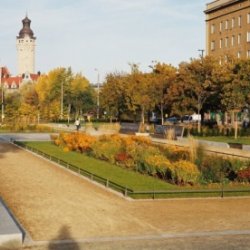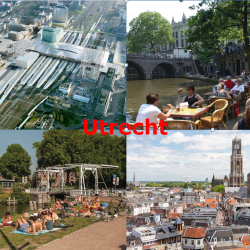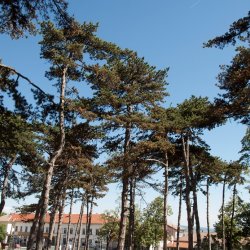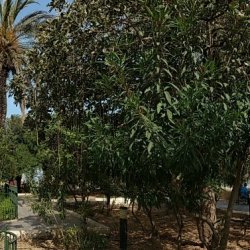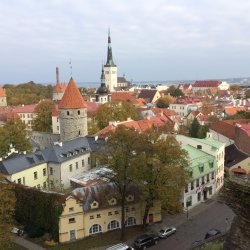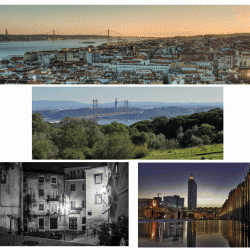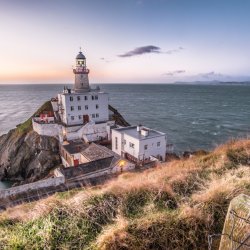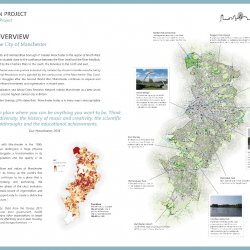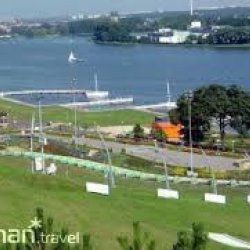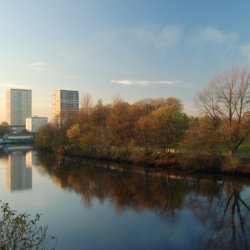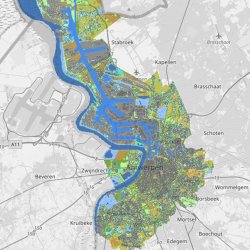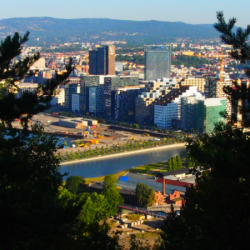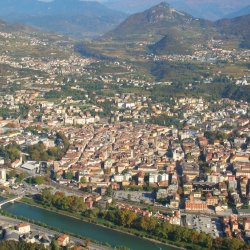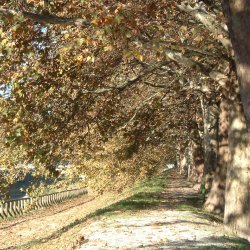Urban green infrastructure - City Case Studies
Urban green and blue infrastructure (urban GI) refers to the network of natural and semi-natural, biodiversity-rich features (e.g. trees, green spaces, parks, rivers, wetlands, forest areas) situated within a city. These high-quality biodiversity-rich areas can help make cities more sustainable and contribute to solve many challenges, such as air pollution, noise, climate change impacts, heat waves, floods and public health concerns. As cities grow and develop, it is vital to improve the availability, quality and accessibility of urban GI. Urban planners and decision-makers across Europe are increasingly seeking to integrate urban GI, ecosystem services and nature-based solutions into their urban planning processes, but these efforts must be scaled-up further if we are to create more resilient, sustainable and ‘livable’ cities for future generations. EnRoute was a research project, managed by the European Commission and funded by the European Parliament, involving 18 ‘city labs’ across Europe. The project provided knowledge on how urban GI can support urban policy-objectives at different stages of the planning process and at a variety of spatial scales.
Case Studies
EnRoute demonstrated how EU Biodiversity and Green Infrastructure policies and actions are being implemented in real-life case studies and policy-making processes at a local scale. At its core, the project is comprised of 18 ‘city labs’ distributed across Europe. The city labs have investigated how, at a local level, science and policy interact in relation to urban GI development. In the city labs, particular focus has been placed on mapping urban GI and the associated benefits delivered through urban ecosystem services, while investigating how these spatial assessments can support policy- and decision-making at a city-scale.
Further information
For more information visite the EnRoute Group page

Disclaimer: the content of the case studies does not represent the official position of the European Commission

